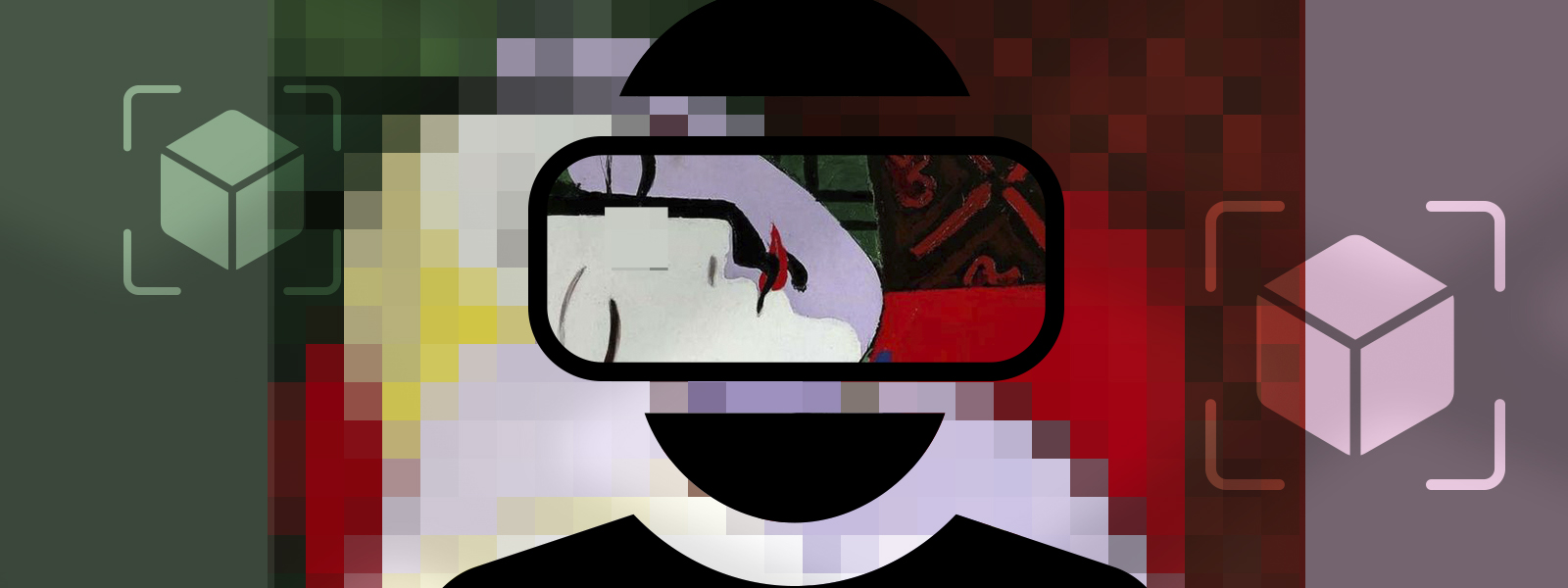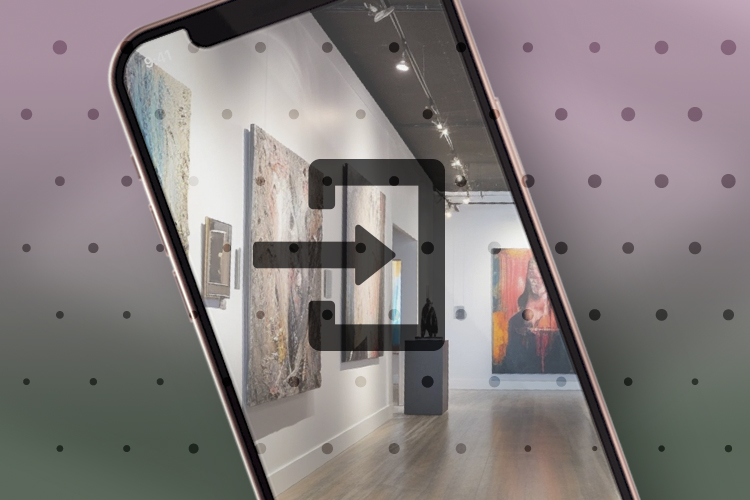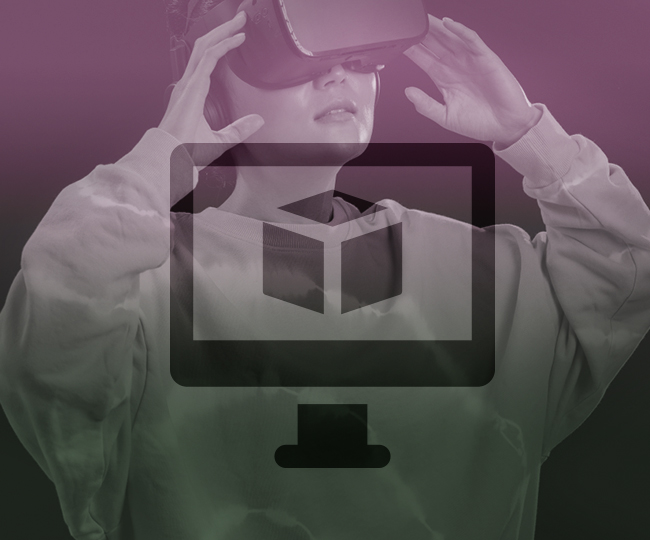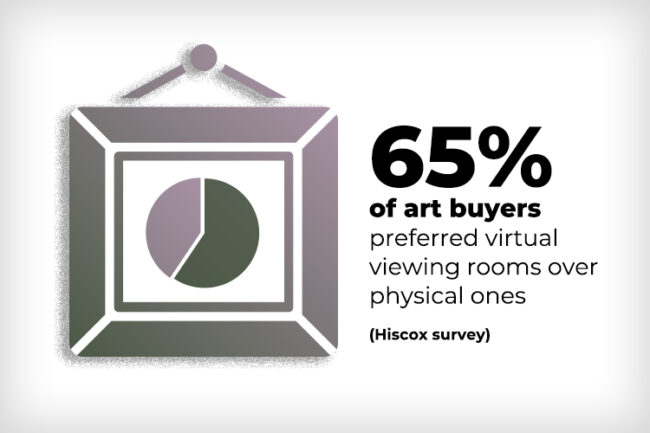Delivering Sale Success for a New World
One of the pioneering examples of VR in auctions was Christie’s collaboration with the VR platform, ArtVR. During the 2018 “Out of This World” auction, Christie’s offered a VR experience that allowed users to view the intricate details of rare meteorites from their homes. This initiative saw a significant increase in remote participation and engagement, with VR viewers spending 20% more time examining items compared to traditional online views.
Sotheby’s has also embraced these technologies. In 2020, amidst the COVID-19 pandemic, Sotheby’s launched a series of virtual tours for their Impressionist and Modern Art sales. These tours, available through both VR headsets and desktop applications, allowed collectors to closely inspect artworks while respecting social distancing measures. The result was a 30% increase in online bidders and a record $363.2 million in sales for their June auction.
Post-Pandemic “In Real Life” Reluctance
The COVID-19 pandemic has permanently altered the landscape of many industries, including auctions. Reluctance to attend in-person viewings has accelerated the adoption of VR and AR. A survey by Hiscox in 2021 revealed that 65% of art buyers preferred virtual viewing rooms over physical ones, citing convenience and safety as primary reasons. This shift has not only kept the auction market buoyant during lockdowns but has also expanded its reach to those who might not have participated otherwise.
Go East! Exciting Opportunities in Asia
The expansion of VR and AR presents significant opportunities in new markets, particularly in South East Asia and China. These regions have seen rapid growth in the number of high-net-worth individuals and a burgeoning interest in art and collectibles. VR and AR technologies break down geographical barriers, allowing potential buyers from these regions to participate in auctions without the need for international travel.
In 2021, Sotheby’s reported a 40% increase in new bidders from Asia, driven largely by their enhanced digital offerings.



